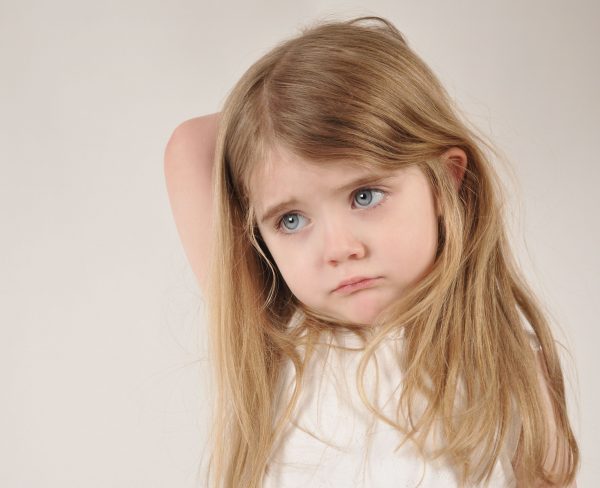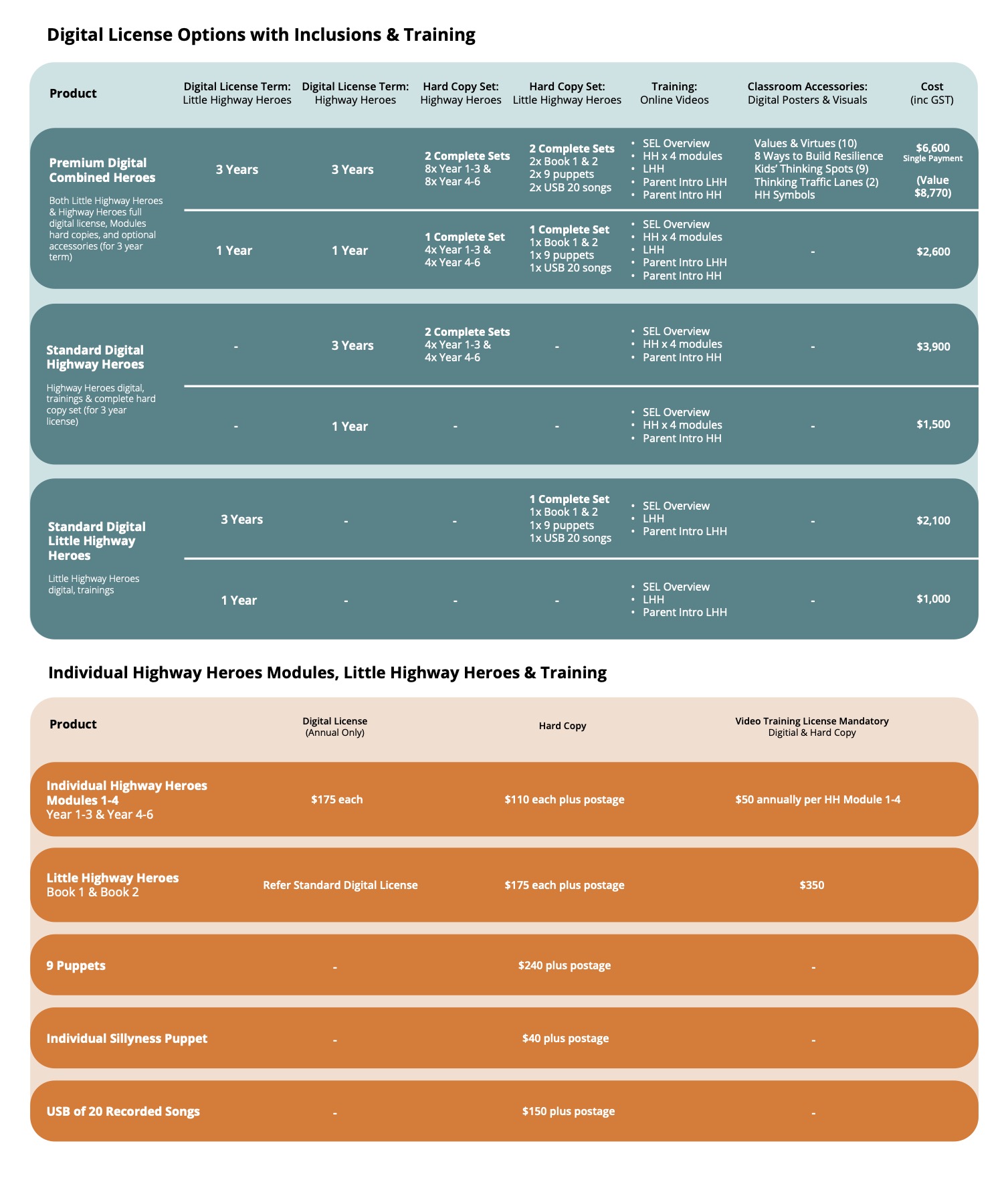Being the parent or teacher of the child who worries causes its own feelings of anxiety. It’s a tricky beast anxiety – showing up in all sorts of often surprising ways and usually at inconvenient moments too.
Some childhood anxieties are normal and to be expected
Our little ones are very little to be taking on the whole world – hundreds of new sensations, learning a whole language, developing new relationships, developing mastery of physical self, learning about limits and boundaries – so its little wonder that sometimes the wheels fall off the emotional wagon.
Not wanting to separate, being scared of the dark, worried about getting lost – they’re quite legitimate worries for the average young child. Anxiety is Mother Nature’s way of keeping us safe and priming our brains to keep us alive. Sometimes though, Mother Nature is overly generous with her helping of healthy worry and it can turn into something quite challenging for a child and their family to manage.
Anxiety – it’s the brain’s domain
Through a series of complex pathways, bodies and brains respond to environmental stressors – all aimed at survival. When a threat is perceived, the brain is very clever at withdrawing it’s support for higher level tasks and responding only to the threat.
The term ‘Amygdala Hijack’ is sometimes used to describe this process of the hi-jacking of the body and brain by the primitive emotional centre located around the brain’s amygdalae. To ensure the survival of the being, blood is pumped to the extremities to enable them to react and run away faster, breathing rate increases, muscular tension increases and a hyperfocus on the source of the real or perceived threat happens.
Now, for the anxious child, that might mean you start to hear a LOT about the upcoming sleepover, the child who wronged them, moaning and groaning about the homework project – that’s really not that complex or demanding. The child’s anxiety brings all of their focus onto their perceived source of stress and quite often, frayed moods happen all round.
Contributing factors
The ability to cope with, adapt to and learn from stressors in our environment is influenced by many factors. Temperament certainly plays a role. The child who is more emotionally and physically sensitive, more prone to being cautious, to thinking ahead with trepidation, and given to catastrophising is more likely to show fear and avoidance based anxiety responses.
Of course, we who are modelling how to cope with life’s little and big bumps, are also very formative in a child’s response to stress. How a child sees themselves in their world, their level of vigilance, and the need for caution whilst exploring is part of every child’s interaction with their significant big people. The child who falls over and has their hands and knees brushed off and is given a warm and loving but not catastrophic response is more likely to find a healthy place for that ‘threat’ and to have another go without over-vigilance, too much caution or thoughts about failing or being hurt.
The resources that surround a child – including positive and hopeful parents, extended family and teachers also contribute significantly to how anxiety is managed. A child experiencing a difficult situation who has strong resources is more likely to manage that situation well and to use that as an emotional springboard the next time stress arises.
Let’s look at stress very quickly
We all need some level of stress to get out of bed, to get things done, to get some exercise and to focus our energy and attention. As life happens to and around us, the experiences we have and the resources we have access to, to manage those experiences contribute to how we manage stress.
Very, very broadly, let’s look at stress responses to real or perceived threats in childhood. The child who is aware of their level of emotional arousal, has strong resources and is able to manage their emotional reaction is experiencing something called EuSTRESS. This is a good stress that builds resilience and adds to the child’s ability to regulate themselves when other stresses happen. Even highly stressful and anxiety provoking experiences can be considered Eustress when they add to a child’s capacity to manage the expected bumps and blips of life.
The other sort of stress is something that’s not good, useful or helpful – it’s diSTRESS – or toxic stress. The child’s higher level, regulated and resilient functioning is hi-jacked, and the primitive amygdala-based flight (avoid), fight (reactive) or freeze (shut down) kicks in.
Helping the anxious child
Focusing on the source of the anxiety in children is often the clue to starting the long process of getting to a happier and more emotionally-regulated place. Whether is be about making friends, fear of failure, wanting to be perfect, spinning off into silliness, fear of a specific thing or experience – getting right down to the bottom of that and teaching a self-management and environment-management skill is a good place to start. Perhaps starting with reading our blog on role plays for children will give you some good ideas. Read that HERE.
Desensitization programs, medical management, counselling – all good considerations for the child exhibiting symptoms for more than 3 months, or where the intensity and frequency interrupt many other aspects of the child’s and family’s social, emotional and learning life. Rule of thumb – if you’re concerned, seek help. Early intervention is powerful.
At home and in classrooms, teaching an emotional self-regulation skill – like a mindfulness or breathing practice – is essential. This needs to be introduced when the child is calm, and in the lead up to events likely to trigger the anxiety. You can read more about how to do that in our wonderful Kids’ and Parents’ Guides on Feelings, moods & all that stuff and we’ll follow this up in another blog too.
We’re including a FREE resource that summarises childhood anxiety that make be useful to share with a teacher or as a school resource. You can access that HERE.


